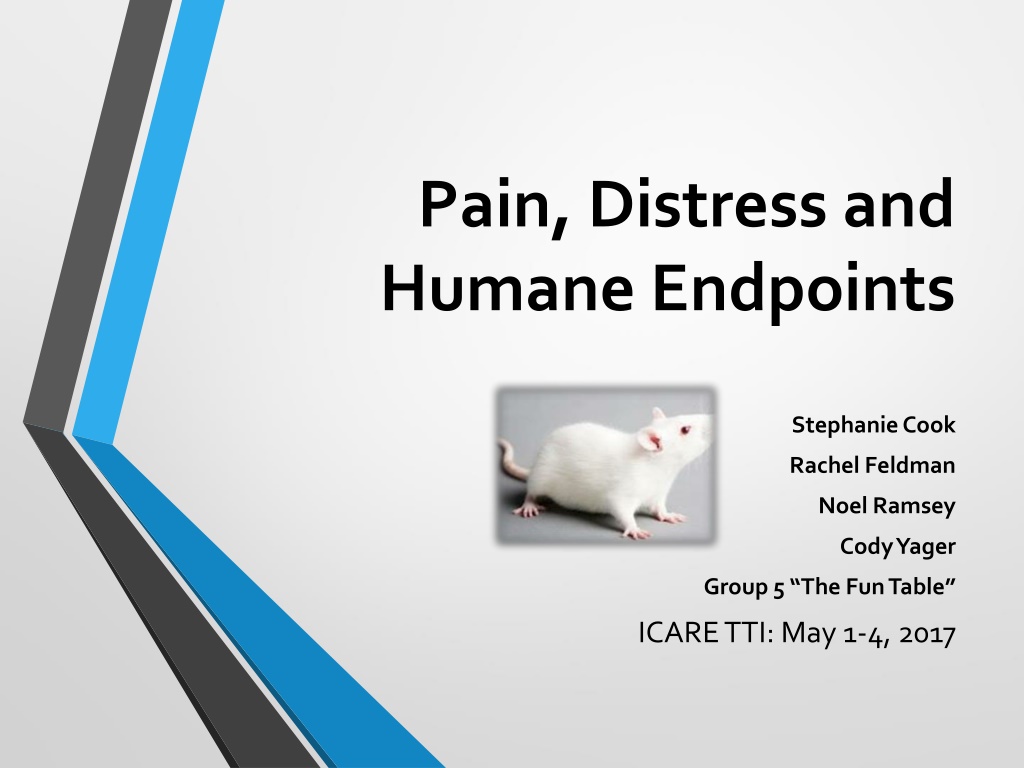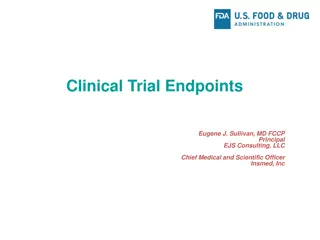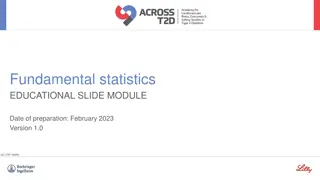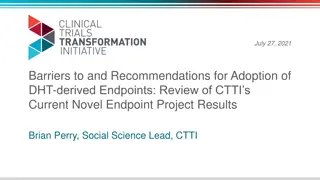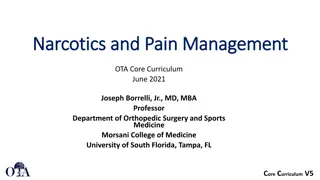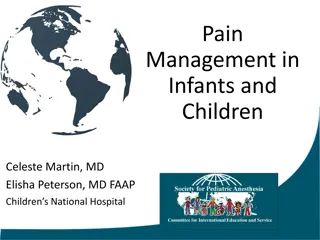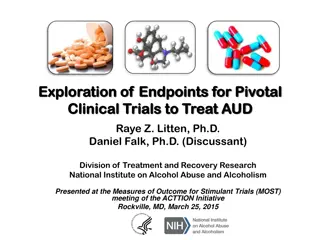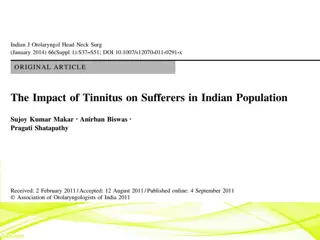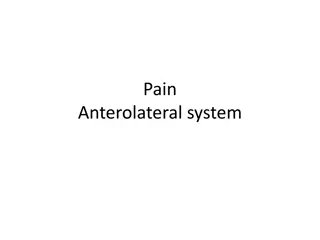Understanding Pain, Distress, and Humane Endpoints in Animal Research
Explore the concepts of pain, distress, and humane endpoints in animals through a training program aimed at researchers developing protocols for the welfare of laboratory animals. The program includes pre- and post-assessments to gauge knowledge and learning outcomes, covers scenarios illustrating categorization of pain levels, and discusses common signs of pain and distress in mice.
Download Presentation

Please find below an Image/Link to download the presentation.
The content on the website is provided AS IS for your information and personal use only. It may not be sold, licensed, or shared on other websites without obtaining consent from the author. Download presentation by click this link. If you encounter any issues during the download, it is possible that the publisher has removed the file from their server.
E N D
Presentation Transcript
Pain, Distress and Humane Endpoints Stephanie Cook Rachel Feldman Noel Ramsey Cody Yager Group 5 The Fun Table ICARE TTI: May 1-4, 2017
Audience PIs writing protocols for the first time GOAL Understand the concepts of pain, distress, and humane endpoints in animals. OBJECTIVES Identify pain and distress in rodents (USDA and non- USDA). Categorize pain and distress levels appropriately. Formulate relevant humane endpoints.
Assessment Outline Pre-assessment (Summative) on pain and distress including humane endpoints. The intent is to find out what the PI knows. Provide Training (Formative) on pain, distress and humane endpoints. Post-assessment (Summative) on pain and distress including humane endpoints. The intent is to find out what the PI has learned.
PRE-ASSESSMENT SCENARIO #1 What USDA Pain Category does each example represent? Single blood collection in Guinea Pigs from the saphenous vein. Single blood collection in anesthetized Guinea Pigs from the vena cava. Single blood collection in non-anesthetized Guinea Pigs from the vena cava.
PRE-ASSESSMENT SCENARIO #2 NIH FUNDED WORK: Hamsters are inoculated with Ebola virus. Survival is expected to be 42 days but animals start to show signs of disease at day 28. Animals become hunched, scruffy, lose 15-20% of their body weight, eventually present with a head tilt, marked lethargy, lack of movement, and inappetance. Fifty percent (50%) mortality is expected by day 42. At what point should these animals be euthanized due to end stage illness and humane endpoints criteria?
Definitions of Pain and Distress Pain physical suffering and discomfort caused by illness or injury. Guide 8thedition. Distress an aversive state in which an animal fails to cope or adjust to various stressors with which it is presented. Guide 8thedition.
Common Signs of Pain and Distress in Mice Eyelids partially closed Changes in respiration Rough hair coat Increased vibrissal (whisker) movements Unusually apprehensive or aggressive Possible writhing, scratching, biting, self-mutilation Hunched posture and guarding Aggressive vocalization when handled or palpated.
Common Signs of Pain and Distress in Rats Porphyrin staining around eyes and nose Rough hair coat, piloerection, and/or hair loss Increased aggression towards humans and cage mates Reduced exploration behavior/natural behaviors and lethargy Aggressive vocalization when handled Licking, biting and/or scratching Eyelids partially closed Guarding
Species-specific Signs of Pain and Distress in Guinea Pigs and Hamsters Guinea Pigs Hunched posture Quiet (no squealing) Reduced food/water intake Weight loss Hamsters Hunched posture Decreased activity Weight loss Piloerection Lack of grooming
ACTIVE LEARNING Concept Mapping
Definition of Humane Endpoints The earliest scientifically justified point at which pain or distress can be prevented while meeting the scientific aims of the study. (NIH/ARAC)
What can be used as a humane endpoint? Weight loss Ex. 20% Won t or can t eat/drink: 1 day, 2 days, what s appropriate to species Behavioral: Ex. Clinical Scoring sheet Elevated body temperature Abnormal neurological movement twitching, paralysis, inability to stand Respiratory distress, diarrhea, hunched posture, lethargy Tumor size Moribundity
ACTIVE LEARNING Consensogram Drinking Half closed eyes 20% weight loss Vocalization Writhing Self-mutilation Nesting behavior Moribund
POST-ASSESSMENT SCENARIO #1 Various cancer studies involving tumor growth in hamsters could result in differing Humane Use Category classifications. Ex: SC tumor on back, slow growing, doesn t impact mobility or cause self mutilation. Category C Breast tumor that may ulcerate if left too long; a larger tumor ulcerates and there is 5% weight loss. What category is applicable - If the tumor is treated? Category D If the tumor is left untreated? Category E
POST-ASSESSMENT SCENARIO #1 con t A tumor is injected intracardially and under anesthesia. Tumor is not visible but it is assumed painful. No weight loss is detected, however, the growing tumor is seen by ultrasound. If allowed to grow, should humane endpoints need to be determined? Yes What category would you place these animals into? Category E
POST-ASSESSMENT SCENARIO #2 Experimental Autoimmune Encephalomyelitis (EAE) model in mice. Mice will be injected with a compound that induces hind limb paralysis that they may or may not recover from. These animals will not experience pain but will experience distress. These animals will only be able to reach food and water when placed on the floor of the cage yet there will be weight loss of 20%. There is a possibility that animals will self-injure. Should this model utilize a scoring system to determine humane endpoints?
CONCLUSION OBJECTIVES Identifypain and distress in rodents (USDA and non- USDA). Categorizepain and distress levels appropriately. Formulaterelevant humane endpoints.
Special Thanks to Lynn Anderson and Pat Brown for all of your support with this project! Stephanie, Noel, Rachel and Cody
